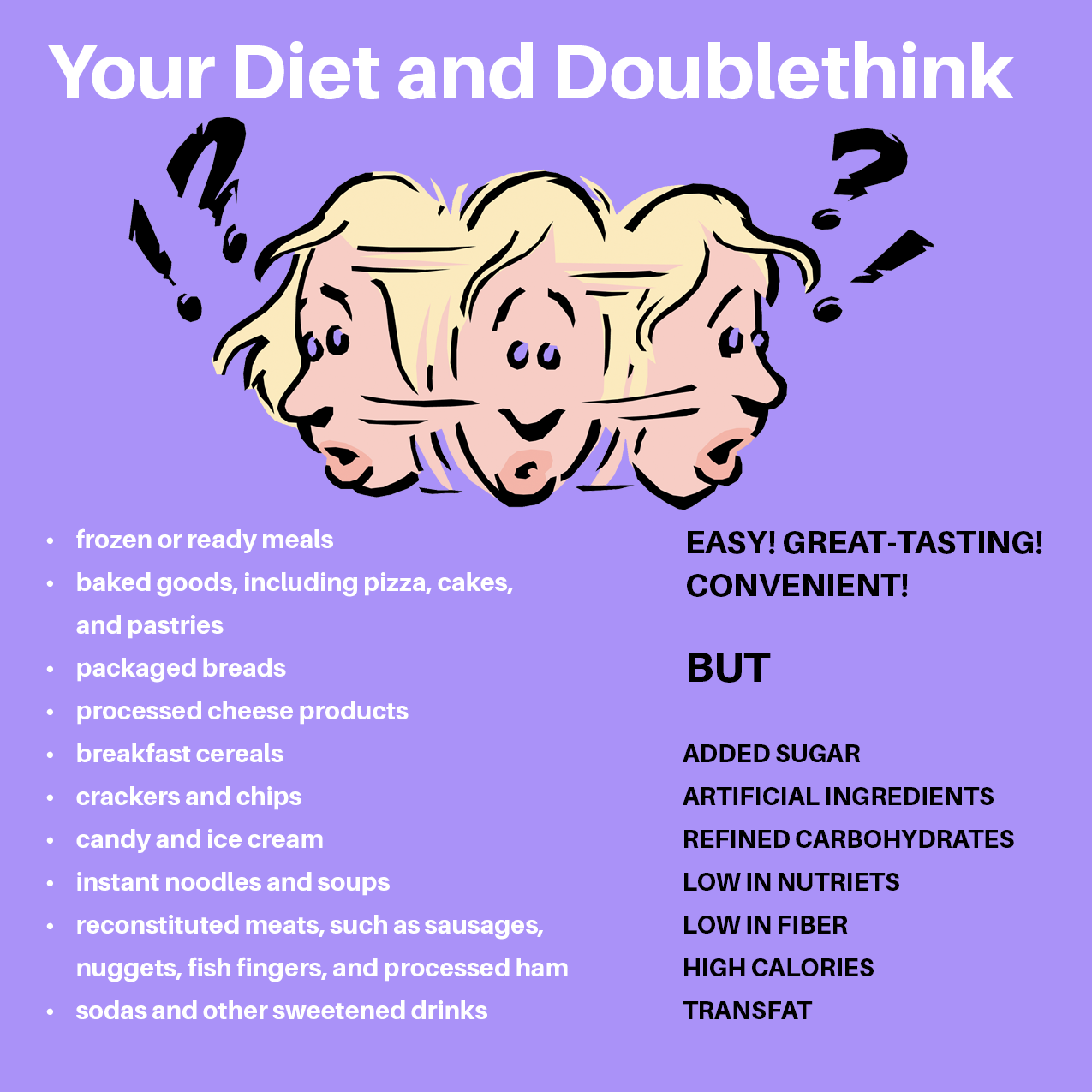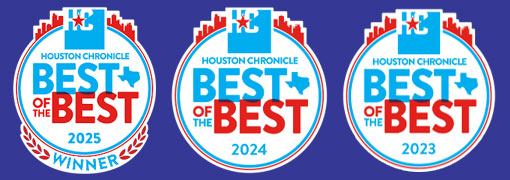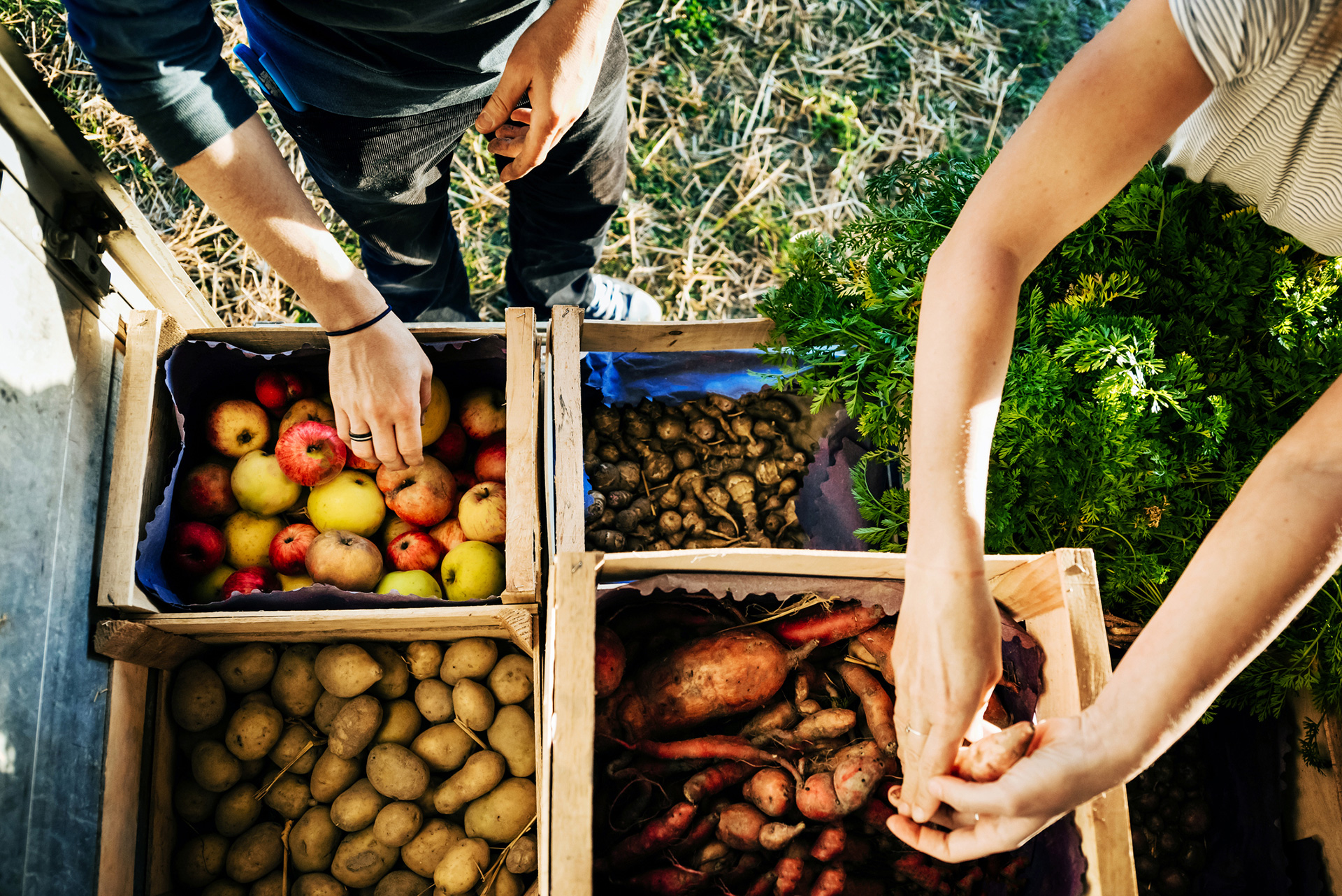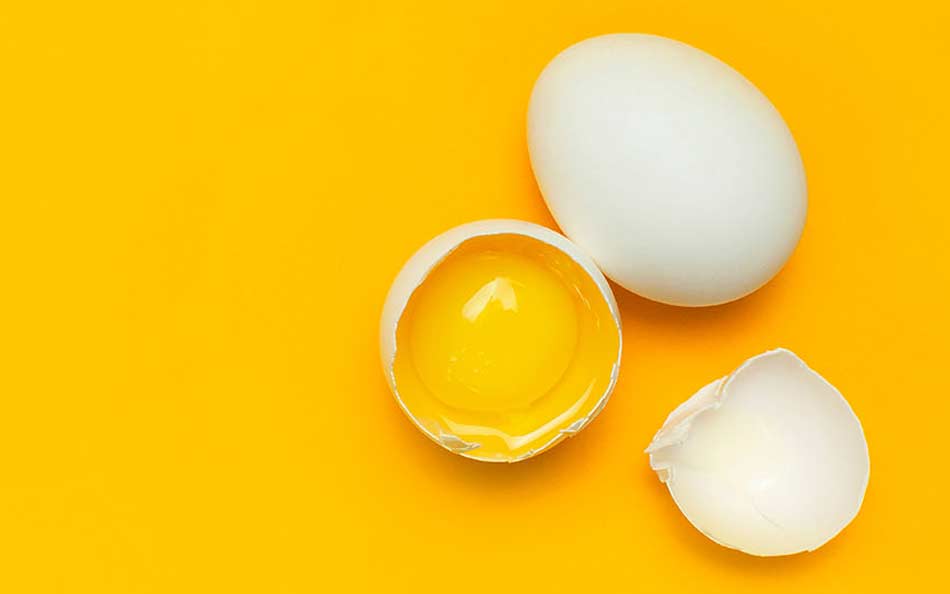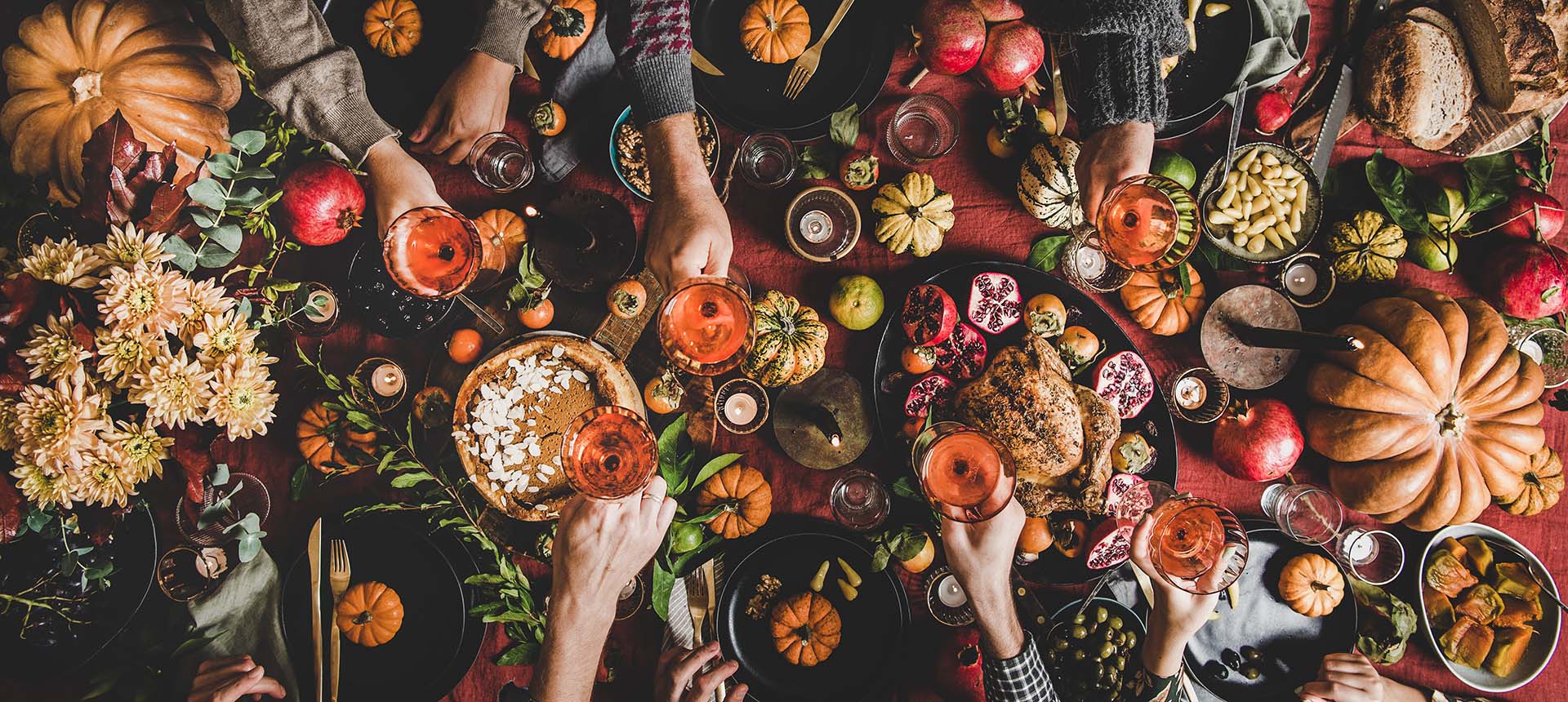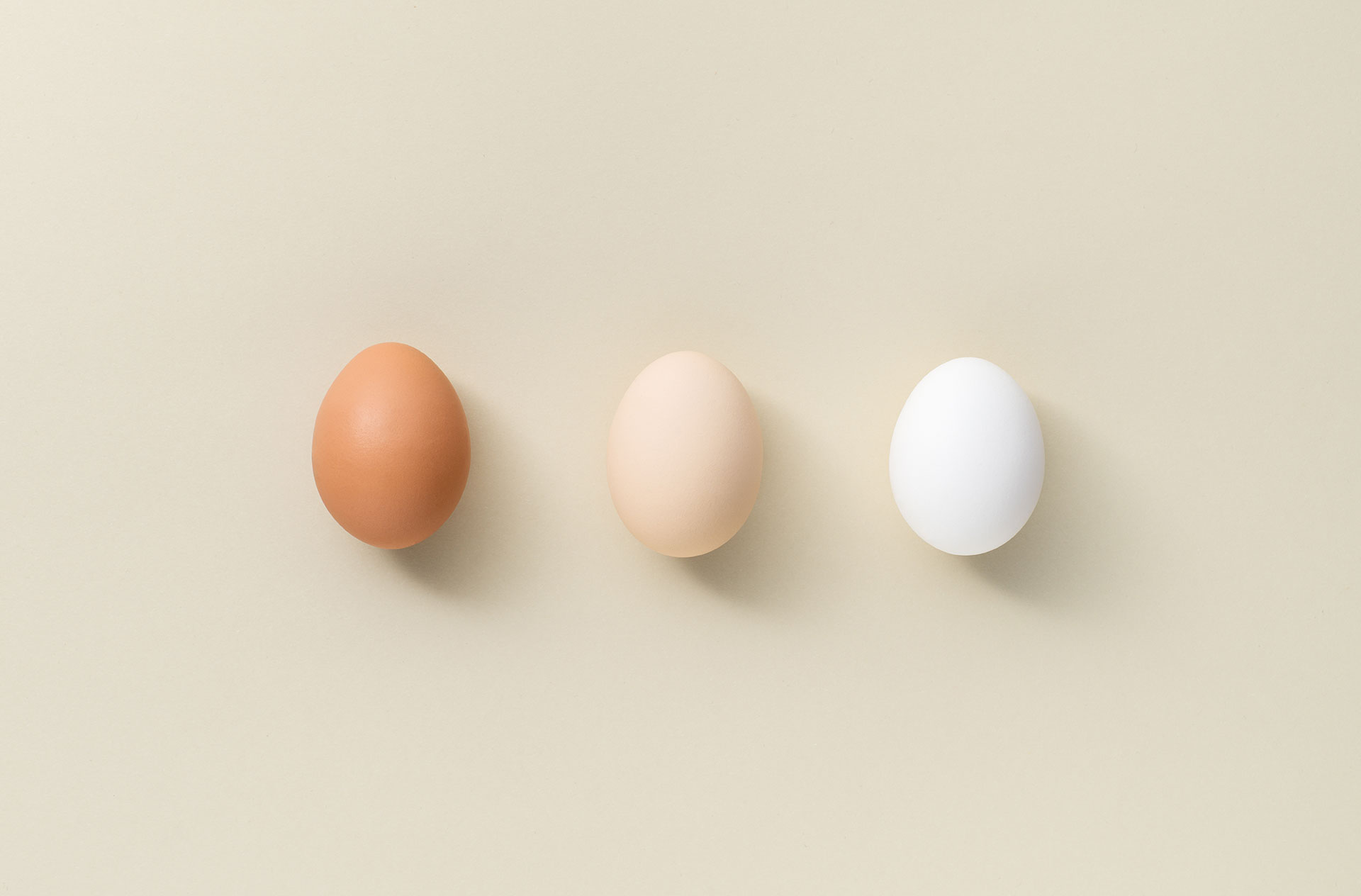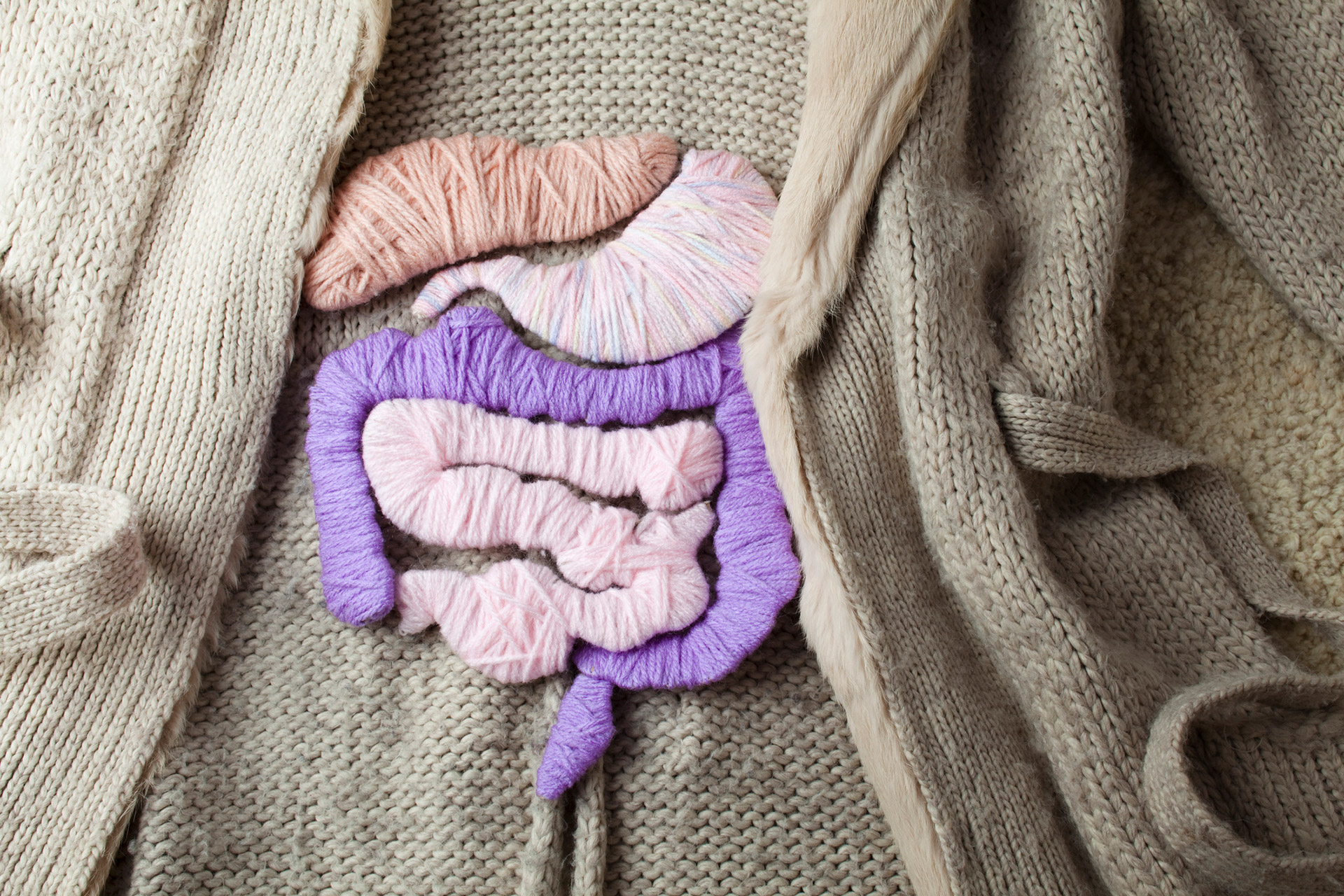
How to Love Your Gut
January 7, 2021
What Does it Really Take to Lose Weight?
February 4, 2021by Susannah Wollman
Should you be more aware of the nutrition in your food?
Have you ever read Orwell’s dystopian novel, 1984? If you have, you are familiar with the term “doublethink.” Doublethink is the ability to simultaneously hold two contradictory thoughts in one’s head without recognizing the contradiction. When it comes to nutrition, doublethink is the result of contradictory information we’ve heard (and internally assimilated) from companies and diet fad proponents that make money through their “facts.” Take for example something we know is not healthy, say waffles. When they are labeled “whole grain,” we accept that they are healthy, even when we know they are not.
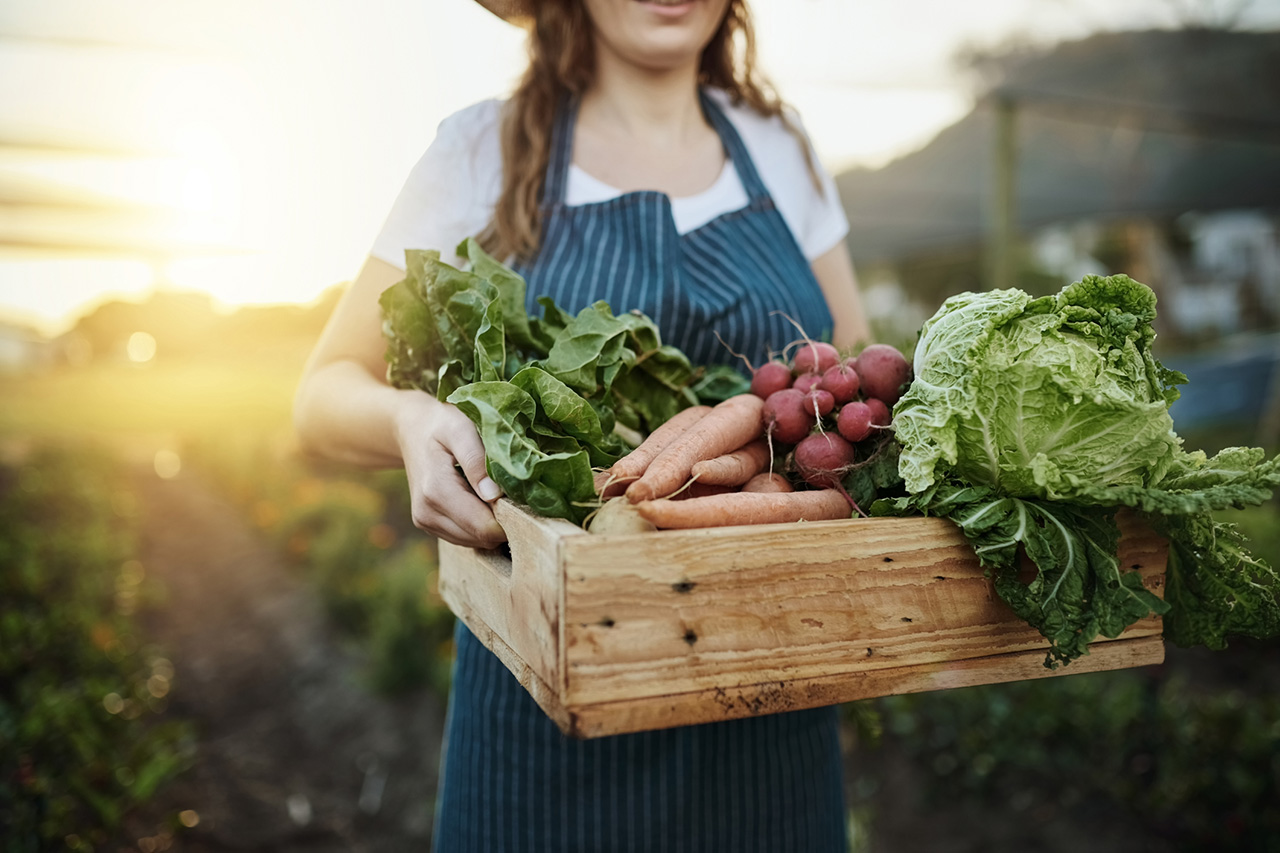
But what are the real facts?
In this article, we will show you how to judge for yourself if a specific food or food product is something you want to eat. We hope to persuade you that you have the choice of how and what you eat and the power to take control of your health through nutrition.
First, we need to define a couple of words.
For the purpose of this discussion, whole foods are those which have undergone no processing. Processed foods are those that contain more than one ingredient.
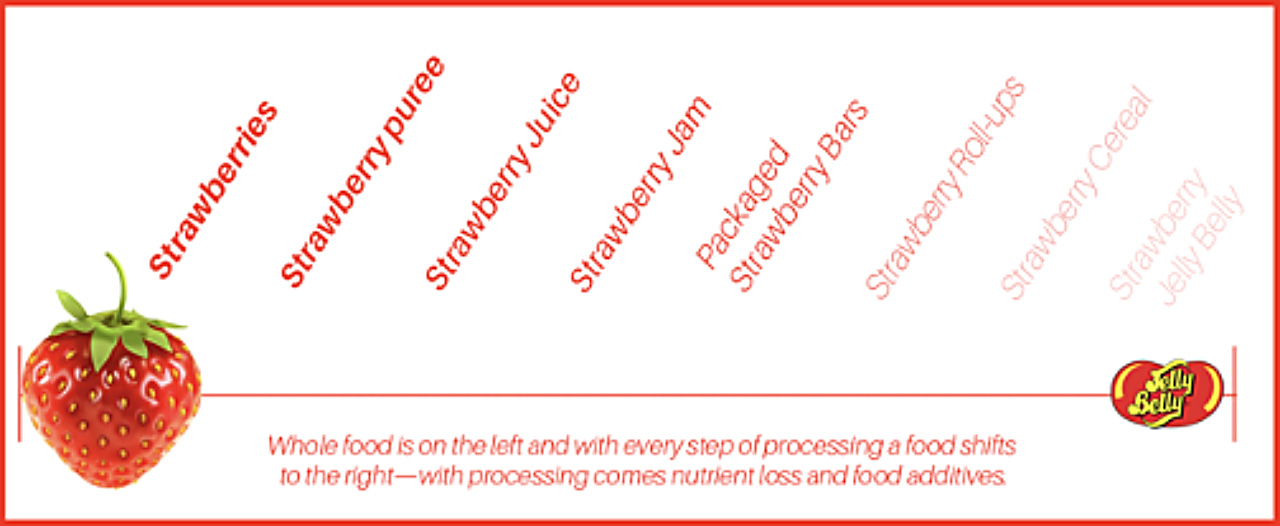
Foods exist on a spectrum
Most of the foods we consume are neither entirely whole foods nor entirely processed foods. The illustration above demonstrates this spectrum.
Recognize that with every step to the right, nutrition is lost, and additives are potentially detrimental to your health. The more processed a food is, the worse it is in a healthy diet.
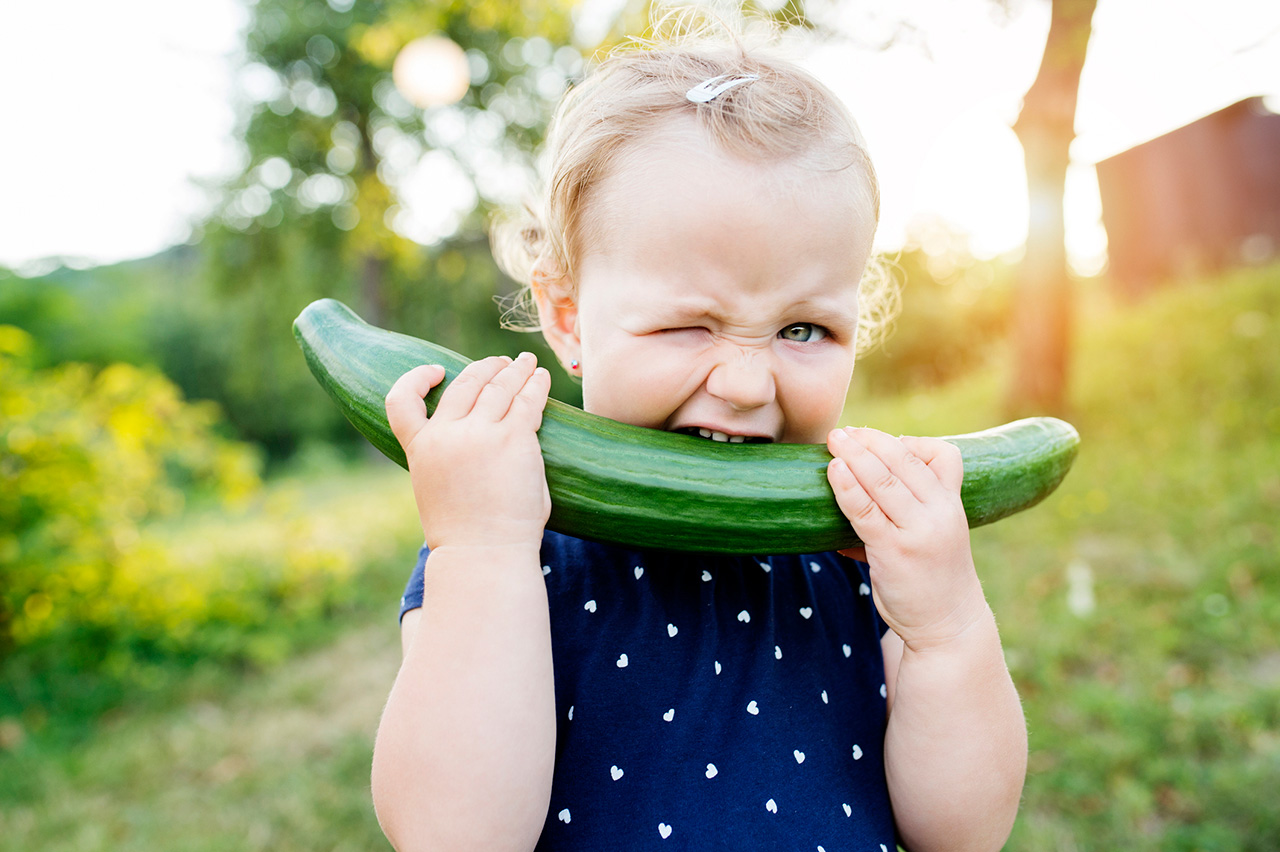
So how do we recognize a whole food?
Whole foods are defined as those in the form that comes from nature. These include whole vegetables, whole fruits, whole beans, and unprocessed meat and animal parts. Grains necessarily require some processing to be edible. The husk must be removed, leaving the germ, endosperm, and bran. When all three components are left, the grain is considered whole grain. If the end product presented in the grocery store no longer resembles its natural form, it isn’t a whole food.

Questions to determine if a food is whole
These are some questions to ask yourself if you are trying to determine the “wholeness” of a food you are considering.
- Did it grow on a bush, vine, or tree?
- Did it grow under the ground?
- Did it roam freely in the wild or in a pasture?
- Does it resemble its original form?
Some processing in some foods is necessary to make it safe. This is especially true of dairy products. Also, without removing parts of other foods, they would be toxic to people. It is reasonable to accept some processing in order for our food to be available to the 323 million people who are fed every day in America.
But take a look at the whole grain bagel you had for breakfast. What’s in it besides whole wheat? Does the bagel look like anything that nature itself produces? How many additives are there? Where would it fall on the Food Spectrum (above)?

Are all processed foods unhealthy?
Absolutely not. There are many good choices that are lightly or moderately processed that are part of a healthy diet. Here are just a few.
- Canned chickpeas are a wonderful plant protein that are lightly processed and can be kept for long periods on your pantry shelves.
- Canned salmon with bones is a processed food filled with beneficial nutrients, including calcium and omega-3 fatty acids.
- Frozen and dried fruits offer the same vitamins, minerals and fiber found in their fresh state. Just be sure that the only thing they have is just fruit. Dried fruit can have a coating that is high in sugar to preserve their freshness, so watch out for that.
- The best premade dip is undoubtedly hummus because it is made of chickpeas, tahini, and olive oil. It contains fiber, protein, and mono-unsaturated fats.
- If you like oysters, those packed in oil are a great choice of processed foods because they contain zinc and iron.
- Olive oil itself is necessarily processed because you have to express the olives to get the oil. It is one of the healthiest fats you can consume.
- Canned pumpkin puree (not pumpkin pie filling!) is a great processed staple to have on hand. It’s a great source of vitamin A and antioxidants.
There are many more lightly processed foods that make up a healthy diet. Learn to read labels. The more ingredients and additives there are, the less healthy the food is.
